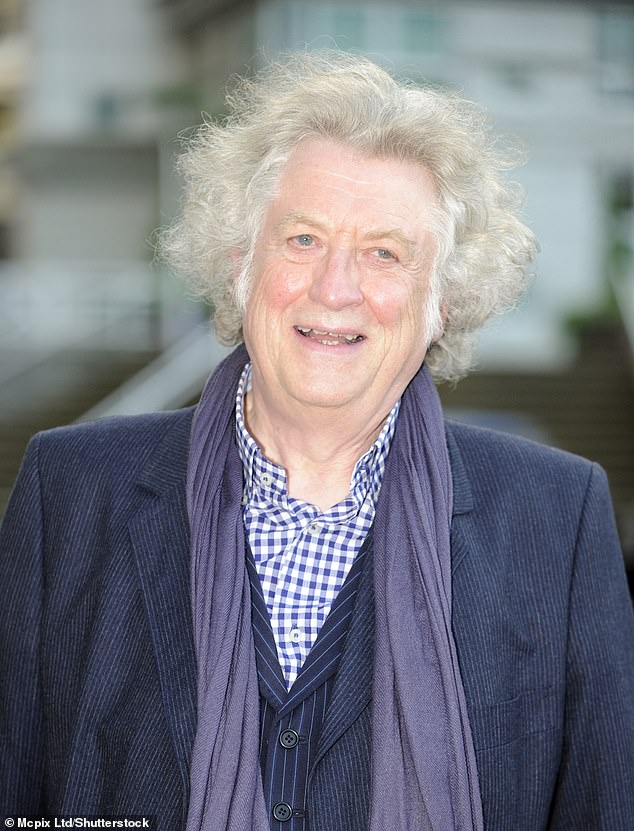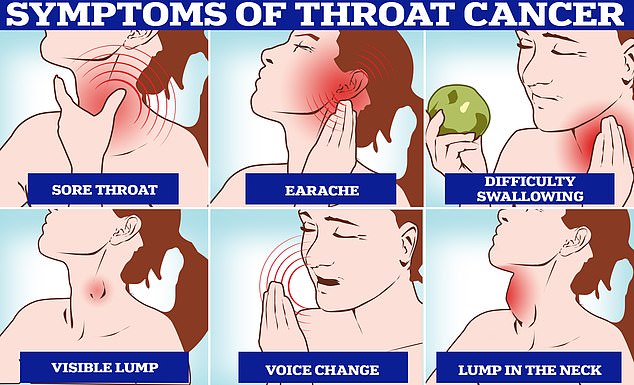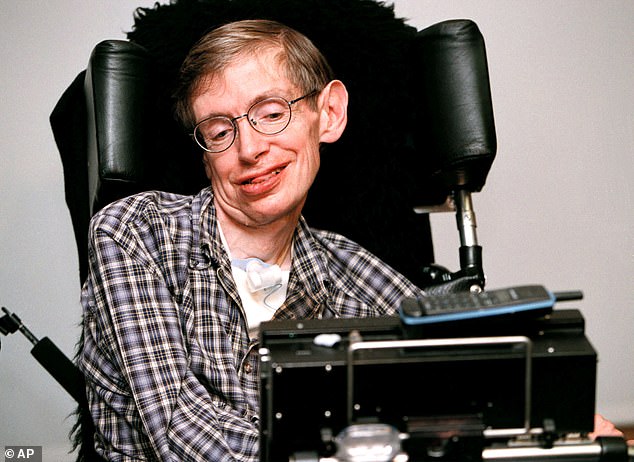Revealed: The stars who defied the odds, after it emerged Slade’s Noddy Holder, 77, was given six months to live… FIVE years ago
Slade frontman Noddy Holder was given just six months to live when he was diagnosed with throat cancer five years ago, it emerged this week.
Suzan Price, 57, detailed Noddy’s secret health battle in an emotional piece written for Great British Life.
She told how Noddy, 77, underwent a new trial of chemotherapy which has kept him alive.
But he’s not the only celebrity who has defied the odds after a shock diagnosis. Here MailOnline shares the stories of the others…

Suzan Price, 57, described her husband Noddy Holder’s secret health struggles in an emotional piece written for Great British Life this week. She told how Noddy, 77, underwent a new trial of chemotherapy which has kept him alive
Noddy Holder
Mrs Price said the news that her husband has oesophageal cancer ‘came like a bombshell’. When he was diagnosed, he was given only six months to live.
The cancer affects the long tube that carries food from the throat to the stomach.
Difficulty swallowing, heartburn that won’t go away and sore throat are telltale signs, according to Cancer Research UK.
The star started a new trial of chemotherapy at Christie Hospital in Manchester, which kept him alive.
Ms Price said the Merry Xmas Everybody singer has maintained a positive outlook despite his health problems.
He was even able to perform this summer after being invited on stage by Cheshire musician Tom Seals.

Iconic: Noddy is best known as the frontman of Slade, who earned six UK number one singles during their 25-year career


After being diagnosed with a rare form of motor neurone disease in the 1960s at the age of 21, Stephen Hawking was given only a few years to live. But against all odds, almost half a century later, Professor Hawking celebrated his seventieth birthday as one of the most brilliant and famous scientists of modern times. He died in 2018 at his home in Cambridge
Stefan Hawking
Stephen Hawking was one of the world’s most acclaimed cosmologists, a medical marvel and probably the galaxy’s most unlikely superstar.
After being diagnosed with a rare form of motor neurone disease in the 1960s at the age of 21, he was given only a few years to live.
But against all odds, almost half a century later, Professor Hawking celebrated his seventieth birthday as one of the most brilliant and famous scientists of modern times. He died in 2018 at his home in Cambridge.
Despite being wheelchair-bound, almost completely paralyzed and unable to speak except through his trademark voice synthesizer, he wrote a plethora of scientific papers that earned him comparisons to Albert Einstein and Sir Isaac Newton.
At the same time, he embraced popular culture with enthusiasm and humor, appearing in the TV cartoon The Simpsons, starring in Star Trek and providing the voice-over for a British Telecom commercial that was later sampled on the album The Division Bell rock band Pink Floyd.
His rise to fame and relationship with his first wife, Jane, was dramatized in a 2014 film, The Theory Of Everything, in which Eddie Redmayne delivered an Oscar-winning performance as the physicist struggling with a devastating illness.
He was best known for his work on black holes, the mysterious, infinitely dense regions of compressed matter where the normal laws of physics break down, which dominated his entire academic life.
ALS is a rare condition that gradually damages parts of the nervous system.
It occurs when specialized nerve cells in the brain and spinal cord, called motor neurons, stop working properly – known as neurodegeneration.
Normally, the life expectancy of the disease is about three to ten years. But Hawkins’ diaphragm and swallowing muscles remained intact until the end of his life.

At just 25 years old, Lance Armstrong was diagnosed with testicular cancer that had spread to his lungs, abdomen and brain. The athlete was given a 40 percent chance of living after his diagnosis. The now 52-year-old underwent surgery to remove the malignant testicle and received chemotherapy to destroy secondary tumors. He also underwent a six-hour operation to remove two brain tumors
Lance Armstrong
Seven-time Tour de France champion Lance Armstrong was diagnosed with testicular cancer in 1996.
At just 25 years old, the professional cyclist was told that the cancer had spread to his lungs, abdomen and brain.
The athlete was given a 40 percent chance of living after his diagnosis.
The now 52-year-old underwent surgery to remove the malignant testicle and received chemotherapy to destroy secondary tumors. He also had to undergo a six-hour operation to remove two brain tumors.
He founded the Lance Armstrong Foundation after his own battle with testicular cancer in 1997.
But Armstrong was removed from the charity in November 2012, just a month after the US Anti-Doping Agency imposed a lifetime ban on competing and stripped him of his seven Tour de France titles after it emerged he was at the heart of a sophisticated doping program.
The 2020 documentary ‘Lance’ shed light on his cheating and revealed that he had been doping since he was 21.
